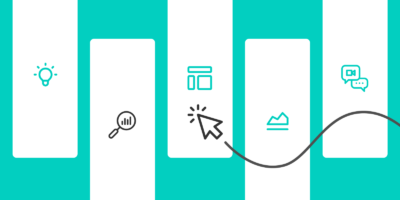The intersection of IoT and short term gig employment is set to disrupt the field service industry.
Internet of things, IoT, describes simple wifi connected micro processor controlled sensors that have enabled farmers to better manage their crops, scientists to measure their field experiments remotely and devices to notify their factory’s service workers when they require maintenance and repairs.
A study conducted by McKinsey & Company Global Institute revealed that more than 162 million workers across the United States and Europe self identify as “gig” contractors.
The designation gig worker refers to a newer category of independent contractors who take on micro assignments either as their primary source of employment or as a side job.
A perhaps ripe market potential exists between the types of repair assignments outsourced by equipment warranty service providers, the asynchronous device alerts sent by IoT monitored appliances and the increasing popularity of gig assignment contract work.
Such potential would not be limited to broken electronic equipment.
IoT will enable household refrigerators to order food that is in low supply as well as stores to generate and issue purchase orders on their out of stock items.
After the supplies order is placed, those items need to be transported to their customers and the logical and most cost effective means will likely be in leveraging the already existent delivery infrastructure created by the likes Uber, Lyft and other gig transportation models.
In earlier media announcements, online retail giant Amazon.com’s acquisition of grocery chain Whole Foods has already started the process of merging IoT with Artificial Intelligence and a contractor-based home delivery grocery system integrated with the firm’s Echo smart home devices, further advancing the imminent convergence of gig workers and IoT-based assignments.
A possibly beneficial combination of IoT and gig economy workers that needs to be treaded on lightly at this point would involve the resurgence of in person sales and customer service visits, though much smarter and now able to provide value from staff equipped with their customers’ actual needs.
Similar and even more powerful opportunities for IoT exist in the healthcare sector, with estimates of the technology growing to more than $10 billion by 2024.
In medical settings, IoT is used to monitor equipment, staff and patients’ vitals, exchange data and expand the use of all types of technologies within clinical settings.
For the near future and likely a lot longer, IoT will create a new generation of workers, responsive to the activities and signals generated by the micro processor powered sensors.


